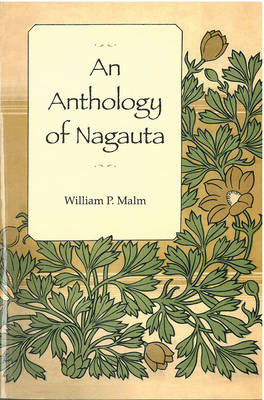
- Afhalen na 1 uur in een winkel met voorraad
- Gratis thuislevering in België vanaf € 30
- Ruim aanbod met 7 miljoen producten
- Afhalen na 1 uur in een winkel met voorraad
- Gratis thuislevering in België vanaf € 30
- Ruim aanbod met 7 miljoen producten
Zoeken
Omschrijving
From 1964 until 1994, the University of Michigan Japanese Music Study Group performed annual concerts. The concerts included Edo matsuri bayashi festival music and occasional koto compositions, but the major genre was nagauta, a lyrical music originally written to accompany kabuki and classical dances. Students learned to sing in Japanese or play either the three-stringed shamisen or one of three drums of the noh drama as used in kabuki. Noh and folk flutes were also taught. During those thirty years, the students usually translated the nagauta texts that were used for the concerts. William P. Malm, the former director of the study group, gathered those translations into An Anthology of Nagauta. Two introductory chapters provide an overview of shamisen and nagauta music; the remainder of the book contains translations of 31 nagauta compositions dating from 1753 to 1967. The translations, with commentary, appear side-by-side with the romanized text; full Japanese texts appear at the end of the book, along with a glossary and bibliography. In addition, two compact discs have been made of seven representative pieces. In preserving these translations and presenting them to the reader, the author has provided the Japanese specialist and those interested in Japanese music a comprehensive study of nagauta.
Specificaties
Betrokkenen
- Auteur(s):
- Uitgeverij:
Inhoud
- Aantal bladzijden:
- 222
- Taal:
- Engels
- Reeks:
Eigenschappen
- Productcode (EAN):
- 9781929280568
- Verschijningsdatum:
- 9/01/2009
- Uitvoering:
- Hardcover
- Formaat:
- Genaaid
- Afmetingen:
- 152 mm x 229 mm

Alleen bij Standaard Boekhandel
+ 189 punten op je klantenkaart van Standaard Boekhandel
Beoordelingen
We publiceren alleen reviews die voldoen aan de voorwaarden voor reviews. Bekijk onze voorwaarden voor reviews.











